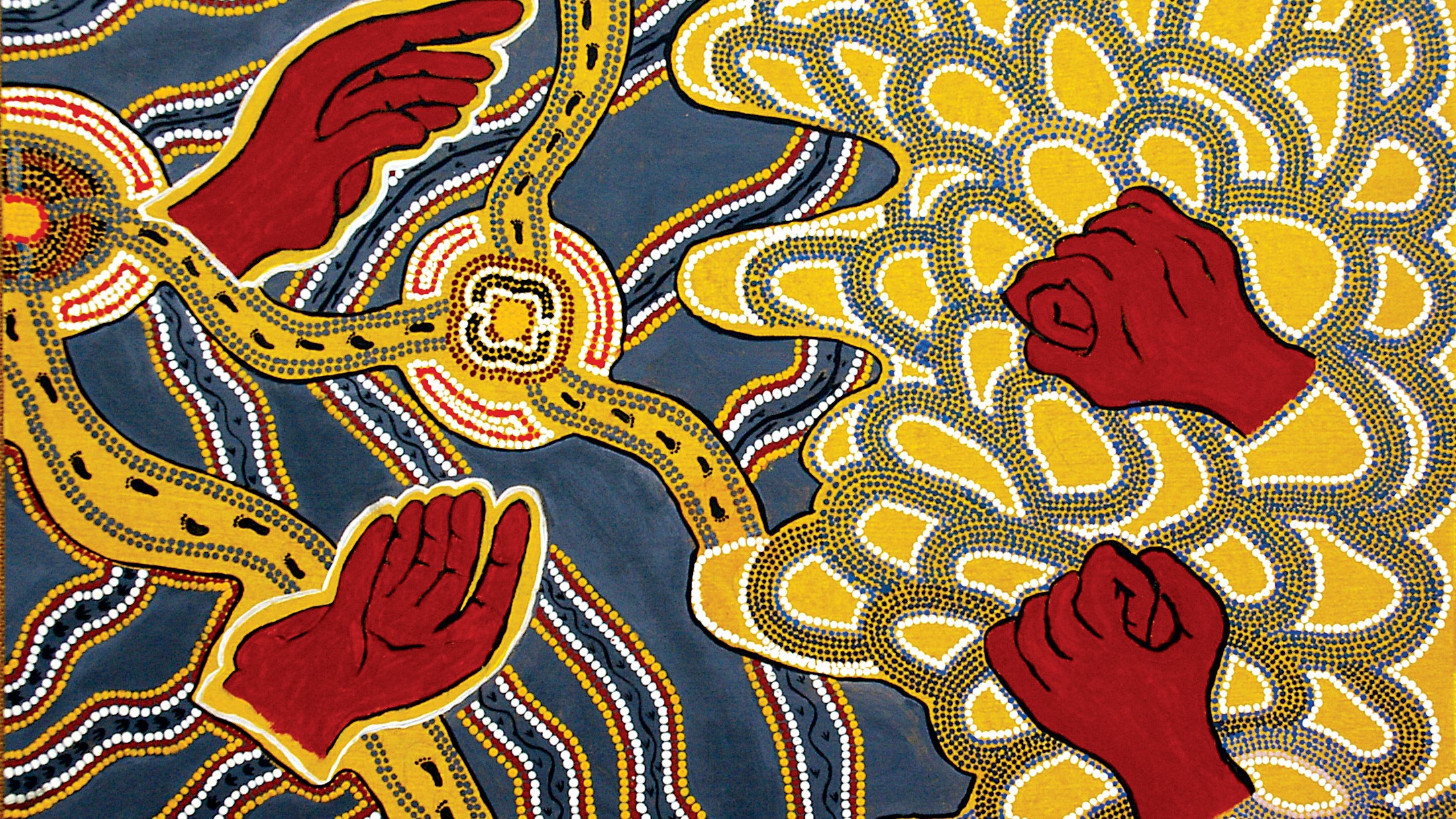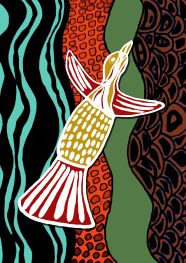Presentation Type
Presentation
Location
The University of Notre Dame Australia Broome Campus
NDB8, The Library Gallery
Start Date
30-8-2023 12:30 PM
Description
For nearly 100 years lugger boats were essential to the pearling industry in Western Australia, Northern Territory and in the Torres Strait.
Luggers took small crews-often of only 8 men-of many cultures, nationalities out to sea to look for pearl shell off the coast of Broome.
The majority of the crews were Aboriginal and Asian: Malay, Japanese, Koepanger, Filipino and other nationalities who spoke a variety of languages and often little English. This mix resulted in a situation that led to the development of Lugger language called Broome Pearling Lugger Pidgin by linguist Komei Hosakawa (Hosakawa 1987).
We give a snapshot of this post-contact language unique to Broome.
We then turn to the floor to hear first-hand from some of the men who worked on luggers about what life was like on these wooden sail boats used in pearling. We invite anybody in the audience who worked in the pearling industry to share their experiences.
Reference
Hosakawa, Komei. 1987. Malay talk on boat: an account of Broome Pearling Lugger Pidgin. In Laycock, Donald C. and Winter, Werner (eds). A world of Language: Papers Presented to Professor S. A. Wurm on his 65th Birthday. Canberra: Pacifica Linguistics. Series C-100.287-296
Recommended Citation
Saunders, Thomas and Gannon, Tom, "'Lugger Life & Language'" (2023). Talking Heads Seminar Series. 10.
https://researchonline.nd.edu.au/nulungu_talkingheads/2023/schedule/10
'Lugger Life & Language'
The University of Notre Dame Australia Broome Campus
NDB8, The Library Gallery
For nearly 100 years lugger boats were essential to the pearling industry in Western Australia, Northern Territory and in the Torres Strait.
Luggers took small crews-often of only 8 men-of many cultures, nationalities out to sea to look for pearl shell off the coast of Broome.
The majority of the crews were Aboriginal and Asian: Malay, Japanese, Koepanger, Filipino and other nationalities who spoke a variety of languages and often little English. This mix resulted in a situation that led to the development of Lugger language called Broome Pearling Lugger Pidgin by linguist Komei Hosakawa (Hosakawa 1987).
We give a snapshot of this post-contact language unique to Broome.
We then turn to the floor to hear first-hand from some of the men who worked on luggers about what life was like on these wooden sail boats used in pearling. We invite anybody in the audience who worked in the pearling industry to share their experiences.
Reference
Hosakawa, Komei. 1987. Malay talk on boat: an account of Broome Pearling Lugger Pidgin. In Laycock, Donald C. and Winter, Werner (eds). A world of Language: Papers Presented to Professor S. A. Wurm on his 65th Birthday. Canberra: Pacifica Linguistics. Series C-100.287-296





